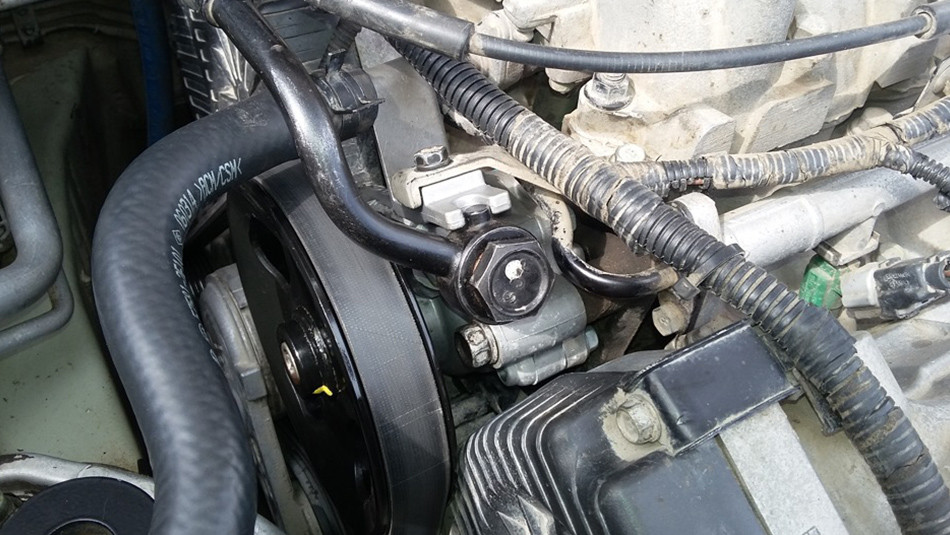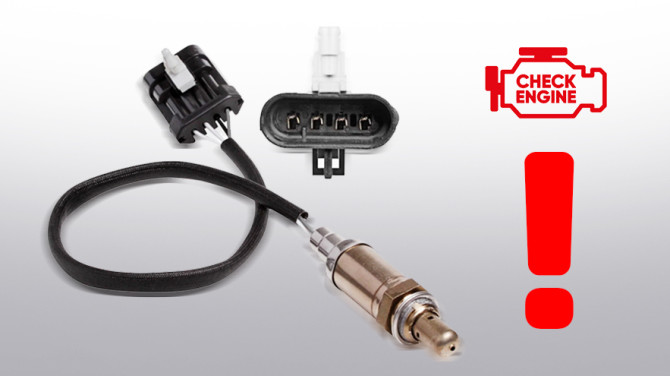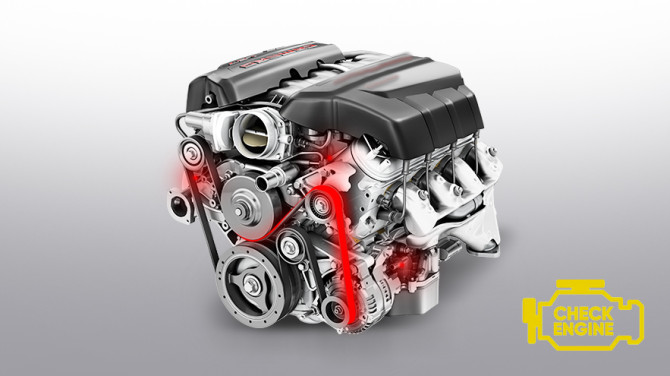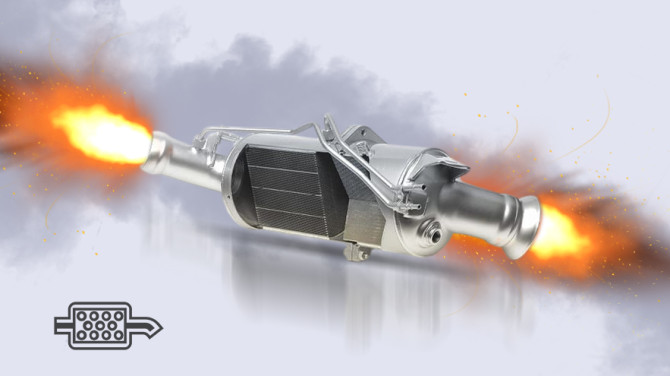What to Know When Replacing Power Steering Pumps

The power steering system in a car, like other auxiliary devices, significantly enhances the driving comfort. The power steering pump (PSP) is a reliable and durable system, but unfortunately, it can also malfunction.
Indications of a faulty power steering system include:
- Loud noise or a piercing squeak when turning the steering wheel.
- Stiff or "wobbly" steering.
- Poor maneuverability.
Quite often, the culprit is a malfunctioning power steering pump. It's essential to note that reliable and practically eternal repairable vane pumps are used in power steering systems. However, there are cases when they are beyond repair, and replacement is necessary.
How to Replace a Power Steering Pump Without Harming the System
To ensure the smooth operation of the power steering system after replacing the pump, you need to follow a few simple rules:
- If you decide to install a used power steering pump, be aware that there are different types. There are five groups of used pumps: remanufactured, rebuilt, reconditioned, repaired, and used. In the first two groups, you can be confident: remanufactured pumps have only the casing from the old pump, and the internals are new, restored at factories, and certified. Rebuilt pumps are restored at factories or specialized workshops. They are cleaned, overhauled, checked for defects, and certified, sold with a warranty.
- Before installing a power steering pump—whether new or used—it is crucial to flush the system because it inevitably contains metal particles and wear debris. Simply changing the working fluid without flushing the system is insufficient; the remaining debris will prematurely wear out the new pump. For a quality and efficient system flush, the MS603N stand is used.
- When replacing the pump, always replace the drive belt, even if the old one looks good. Over time, the belt grooves wear out, and it may not fit properly on the pulley of the new pump or slip off during operation. To ensure the unit works correctly, it is better to replace the belt.
- Occasionally, the orientation of the oil delivery fitting on a new pump may differ from the manufacturer's specified position (the pump's nozzle faces the wrong way). If you have such a pump, avoid trying to connect the pipeline by forcing or bending it. The pump does not need to be replaced either. In a good auto service, a technician can simply rotate the nozzle if possible.
- The most crucial parameter of the pump is productivity. When buying a used power steering pump or an analog, ask the seller about this parameter. The thing is that the productivity of two externally identical pumps may differ. A non-original pump-analog may not fit your steering rack. For analog or rebuilt pumps of the remanufactured/rebuilt class, the productivity is indicated on the packaging.
Replacing a power steering pump is not difficult, but it requires knowledge of certain nuances, the selection of a suitable unit in all parameters, and the execution of additional procedures. Therefore, it is better to entrust this work to professionals: they will choose the right pump, perform all the manipulations correctly, and check the system's components and overall functionality after the pump replacement.







